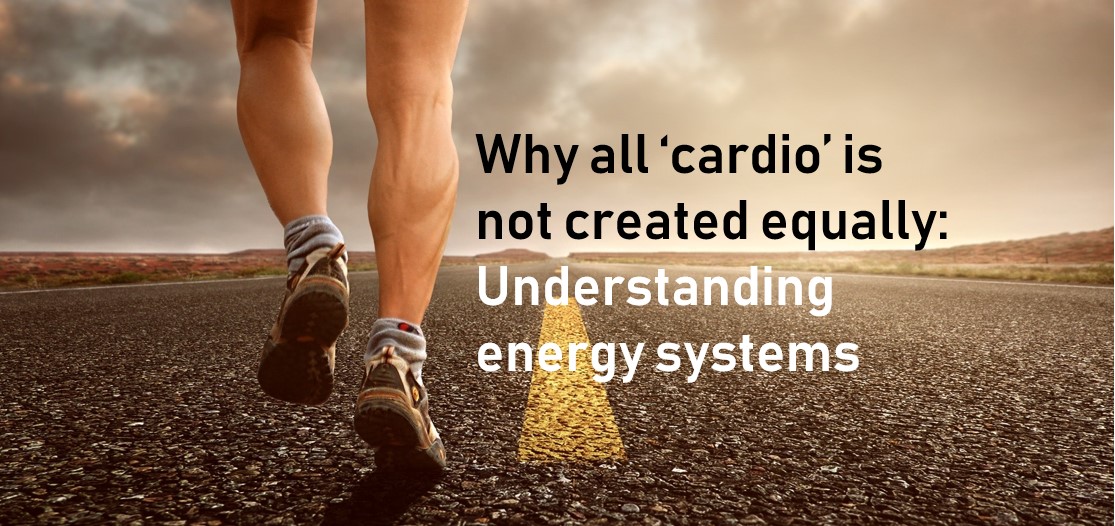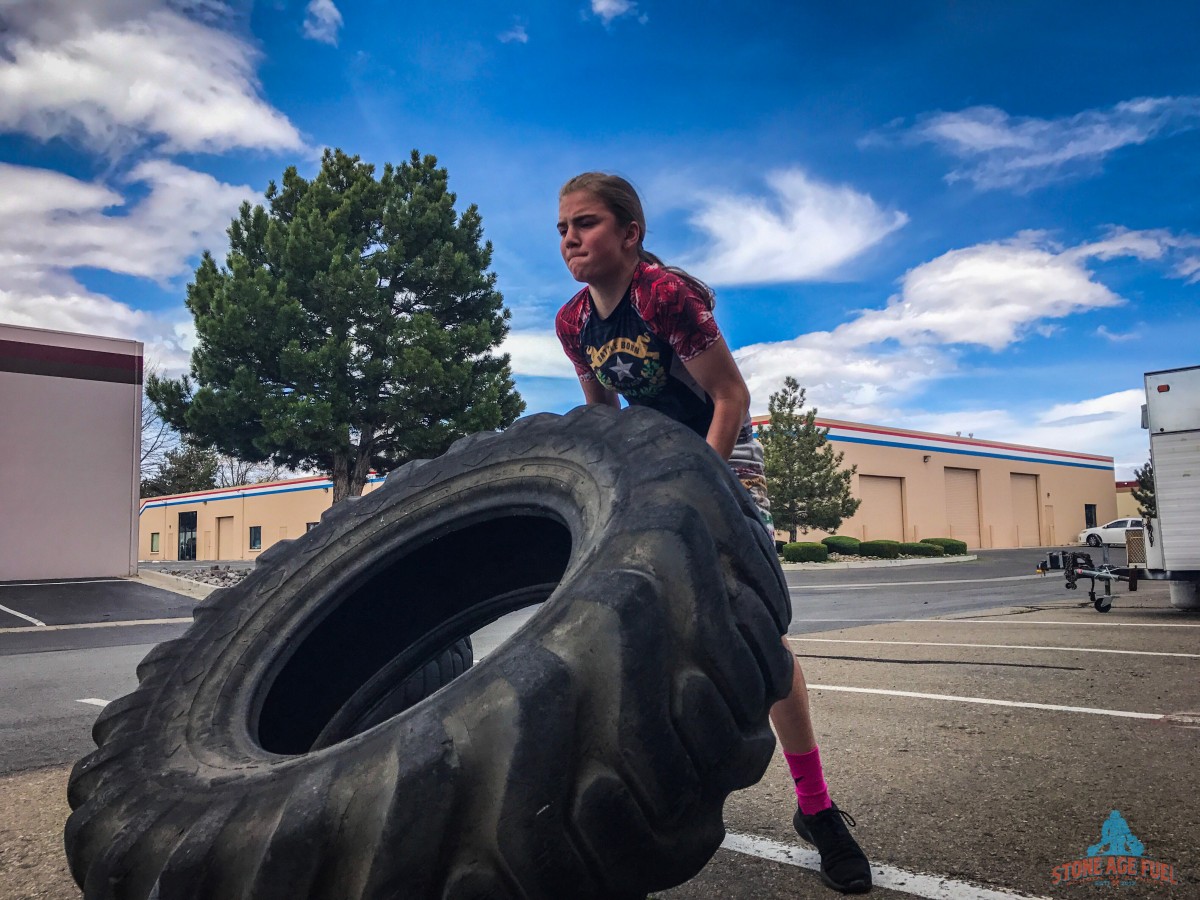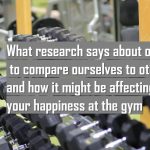Why all ‘cardio’ is not created equally: Understanding energy systems
We’ve talked before about how each training session has an intended stimulus, meaning some workouts are meant to be long and at a low-intensity, others are meant to be intense and fast, and others still are meant to be build strength.
Today we’re going to talk about this in the context of energy systems: Cardio, cardio, cardio, and why it doesn’t just fall under one single banner!
In short, there are various expressions of energy output, depending on the amount of effort/force/intensity/power required and the duration of activity. You can probably tell different things happen in your body when you sprint for 30 seconds than when you go for a long, sustained hike. This is because a different energy system is at work in each scenario.
Before all this, you need to know what ATP is: For our purposes, ATP is basically energy. Your body needs a continuous supply of ATP (energy) in order for your muscles to contract. How your body gets and produces this ATP varies depending on which energy system is at work.
Energy Systems
1. ATP-PC (phosphocreatine) System: Hard and short
This energy system doesn’t require oxygen. As you can imagine, you can’t last long without oxygen so it’s the hard, short effort—up to 12 seconds. For example, a max effort broad jump, or a 50-meter sprint.
This ATP-PC system is at work during the first few seconds of activity and it uses the ATP you already have stored in your body. Basically during this time, phosphocreatine cushions the blow, if you will, of you using up your ATP stores, at which point your body shifts to the next energy system.
2. Glycolytic System: Medium effort, medium duration
This system requires glucose in your blood (or glycogen stored in your muscles and liver) to function. This glucose is broken down and creates ATP via glycolysis.
When your body shifts from the ATP-PC system after around 12 seconds of hard work, if you continue working at intensity much longer, lactic acid accumulation is the result (that burning feeling you feel in your muscles during a hard, intense effort). At that point, you will experience a decline in output/power and fatigue in your muscles. And, after a bit more time—after about 50 seconds—you will experience another shift in energy systems.
Glycolytic system examples: 300-meter row, 20 burpees for time (depending how fast you are).
3. Oxidative System: Slower and longer
If ATP-PC is a 10-second sprint and the glycolytic system is a 200-400-meter run, the oxidative system is a 5 km jog.
This system produces ATP as energy gets released from breaking gown glucose and fast acids. Oxygen is required in this system.
It’s a lot more complicated than this—in fact, the oxidative system is the most complex—but that’s the basic idea. If you want to go into great depth, here’s a link to a great resource that talks about energy systems and how it relates to training and goes much deeper than we did here: (http://www.humankinetics.com/excerpts/excerpts/understanding-energy-systems-training)
It’s also important to know that, although there are three distinct energy systems, this doesn’t mean two can’t work once, although in this case one is generally relied upon more heavily than the other, and if you keep working, you’ll transfer into the next system entirely.
Here’s how it looks like in practice:
if you did a max vertical jump once, you wouldn’t feel tired and you’d be able to jump as high as you can (your ATP-PC system is at work). If you keep jumping, you’ll immediately start to lose power and height on your jump because your ATP stores have been depleted (enter glycolytic system). If you keep jumping for another minute, you will deplete your glycolytic stores and now your jumps will be reduced to tiny, less powerful bunny hobs (the oxidative system has kicked in).
So what does all this mean for you and your workouts?
Essentially it means it’s important to honour the intended stimulus of the day.
If we’re prescribing a workout where you work for 30 seconds and then rest for 3 minutes, there’s a reason for it. I have heard people grumble before that, “The rest is too long,” and therefore the workout “isn’t hard enough.”
If you see your rest time as being six times as long as your work interval, you should be scared! It should mean these efforts are so hard you dread each one because each one is a max effort and max efforts should hurt! And in order to truly do a max effort, your body needs plenty of rest, or you’ll be working in the wrong energy system.
Bobsledders, for example: Their entire training program for a session might be just three or four max effort sprint starts. They will likely warm-up for 30-40 minutes for these efforts and then take 5 minutes to rest between each one.
So in the entire hour training session, they will do about 20-30 seconds of all-out work and that’s it. Then they take three hours rest, have lunch and go back and repeat it once more. It seems insane, but true maximal efforts require this time in between to recover.
Don’t worry, we’re not going to ask you to train like a bobsledder, but the point is it’s important to honour the rest time. Don’t cut it short because you think the workout is too easy. If you’re feeling that way, then you’re kind of doing it wrong!
The take-home message: Honour the intended stimulus of the day so you can become efficient (i.e. more fit) in all three energy systems.







